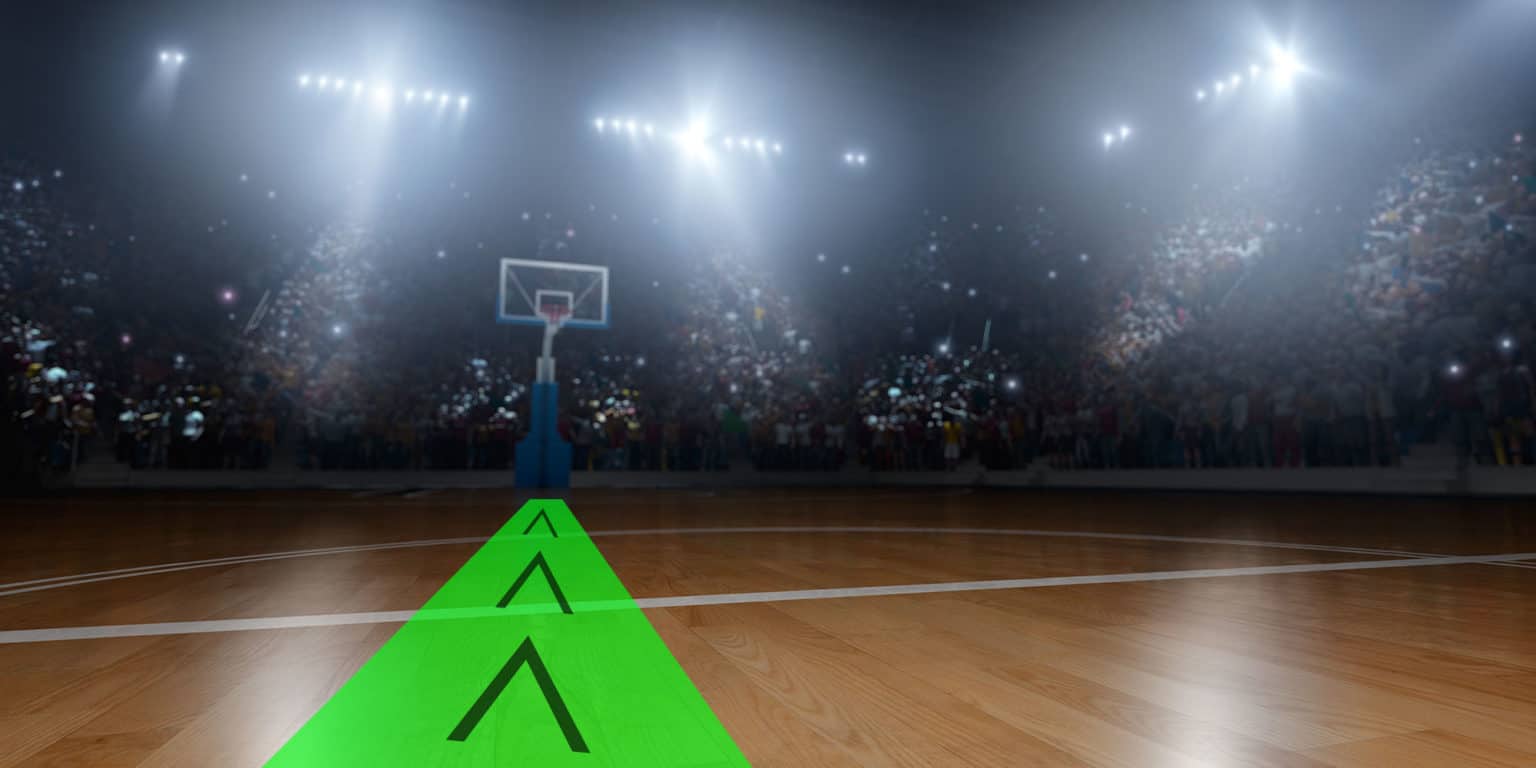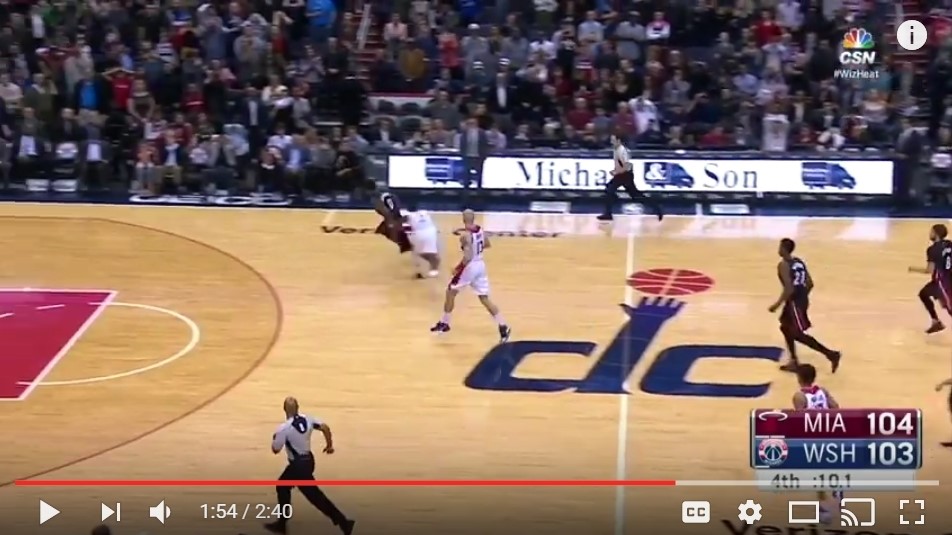Clear path foul is a term commonly used in sports, particularly in basketball and soccer, to describe an infraction that occurs when a player illegally obstructs an opponent who has a clear path to the goal or basket. This type of foul is often penalized more severely than regular fouls due to its potential to significantly impact the outcome of a game. Understanding what constitutes a clear path foul and its implications is crucial for athletes, coaches, and fans alike.
Clear path fouls are not only relevant in sports but also have broader applications in areas like traffic management, robotics, and even workplace safety. In this article, we will delve into the concept of clear path foul, exploring its definition, rules, and consequences across different contexts. By the end of this article, you will have a comprehensive understanding of why clear path fouls matter and how they can be effectively managed.
Whether you're a sports enthusiast or someone interested in operational efficiency, this article will provide valuable insights into the mechanics of clear path fouls and their relevance in various fields. Let's dive in and explore the world of clear path fouls in detail.
Read also:Helldivers 2 Servers The Ultimate Guide To Multiplayer Experience
Table of Contents
- What is a Clear Path Foul?
- Rules and Regulations
- Impact on Sports
- Penalties for Clear Path Fouls
- How to Avoid Clear Path Fouls
- Technology and Clear Path Fouls
- Real-Life Applications
- Legal Considerations
- Statistics and Data
- Conclusion and Call to Action
What is a Clear Path Foul?
A clear path foul occurs when a player intentionally or unintentionally obstructs an opponent who has an unobstructed path to the goal or basket. This type of foul is considered serious because it denies the opposing player a significant scoring opportunity. In sports, the rules surrounding clear path fouls are designed to maintain fairness and ensure that players have equal opportunities to score.
Key Characteristics of Clear Path Fouls
There are several key characteristics that define a clear path foul:
- The player being fouled must have a clear and unobstructed path to the goal or basket.
- The foul must occur in a critical area of the field or court, such as within the final third of a soccer field or near the basket in basketball.
- The player committing the foul must make significant contact with the opposing player, preventing them from advancing.
In addition to these characteristics, the intent behind the foul is also taken into consideration. Intentional fouls are often penalized more severely than accidental ones.
Rules and Regulations
Each sport has its own set of rules regarding clear path fouls. For example, in basketball, a clear path foul is defined as a foul committed against a player who is in possession of the ball and has no defender between them and the basket. In soccer, a clear path foul typically occurs when a player is fouled while on a breakaway towards the goal.
Key Rules in Basketball
In basketball, the following rules apply to clear path fouls:
- The foul must occur in the frontcourt.
- There must be no defenders between the player with the ball and the basket.
- The player committing the foul must make significant contact with the opposing player.
Violating these rules can result in severe penalties, including free throws and possession of the ball for the opposing team.
Read also:Ximena Saenz Leaked Unraveling The Truth Behind The Controversy
Impact on Sports
Clear path fouls can have a significant impact on the outcome of a game. By denying a player a scoring opportunity, these fouls can shift the momentum of the game and create frustration among players and fans. Understanding the impact of clear path fouls is essential for maintaining fairness and ensuring that games are played in a competitive and respectful manner.
Psychological Effects
Players who are on the receiving end of a clear path foul may experience frustration and anger, which can affect their performance in subsequent plays. Coaches and team leaders play a crucial role in managing these emotions and ensuring that players remain focused on the game.
Penalties for Clear Path Fouls
The penalties for clear path fouls vary depending on the sport and the severity of the infraction. In basketball, for example, a clear path foul results in two free throws and possession of the ball for the opposing team. In soccer, a clear path foul may result in a penalty kick or a direct free kick, depending on the location of the foul.
Severe Penalties
In some cases, players who commit clear path fouls may face additional penalties, such as ejections or suspensions. These penalties are designed to deter players from engaging in behavior that could harm their opponents or unfairly influence the outcome of the game.
How to Avoid Clear Path Fouls
Avoiding clear path fouls requires a combination of skill, strategy, and awareness. Players must be mindful of their positioning on the field or court and avoid making unnecessary contact with opponents. Coaches can help by teaching players defensive techniques that minimize the risk of committing fouls while still effectively guarding their opponents.
Tips for Players
- Stay aware of your surroundings and the position of your opponents.
- Focus on defensive positioning rather than physical contact.
- Practice defensive drills that emphasize proper technique and timing.
By following these tips, players can reduce the likelihood of committing clear path fouls and contribute to a fair and competitive game.
Technology and Clear Path Fouls
Advances in technology have played a significant role in the detection and analysis of clear path fouls. Video replays and tracking systems are now commonly used in professional sports to ensure that fouls are accurately identified and penalized. These technologies provide valuable insights into player movements and interactions, helping officials make more informed decisions.
Impact of Technology
The use of technology in sports has led to increased accuracy in foul detection and a greater emphasis on fairness and transparency. Players and coaches can now review footage of games to better understand the rules and improve their performance. This has resulted in a more level playing field and a greater appreciation for the nuances of the game.
Real-Life Applications
The concept of clear path fouls extends beyond sports and has applications in various real-life scenarios. For example, in traffic management, the idea of a clear path is crucial for ensuring the safe and efficient movement of vehicles. Similarly, in robotics and automation, clear path algorithms are used to navigate complex environments and avoid obstacles.
Applications in Traffic Management
In traffic management, clear path principles are used to design road systems that minimize congestion and reduce the risk of accidents. By ensuring that vehicles have a clear path to their destination, traffic flow can be optimized, and travel times can be reduced.
Legal Considerations
In some cases, clear path fouls can have legal implications, particularly in situations where serious injuries occur. Players and organizations must be aware of their responsibilities and the potential consequences of their actions on the field or court. Understanding the legal framework surrounding clear path fouls is essential for maintaining a safe and respectful sporting environment.
Liability and Responsibility
Players who commit clear path fouls may be held liable for any injuries or damages that result from their actions. Organizations must also ensure that proper safety measures are in place to protect players and spectators. By adhering to legal standards and best practices, sports organizations can minimize the risk of legal disputes and promote a culture of safety and respect.
Statistics and Data
Statistics and data play a crucial role in understanding the prevalence and impact of clear path fouls. By analyzing data from games and competitions, researchers can identify trends and patterns that inform rule changes and improvements in player training. These insights help to create a more fair and competitive sporting environment.
Key Statistics
- Clear path fouls account for approximately 5% of all fouls in professional basketball.
- In soccer, clear path fouls result in penalty kicks 70% of the time.
- Teams that commit fewer clear path fouls tend to perform better overall, with a win rate of 60% compared to 40% for teams that commit more fouls.
These statistics highlight the importance of minimizing clear path fouls and emphasize the need for effective strategies to prevent them.
Conclusion and Call to Action
In conclusion, clear path fouls are a critical aspect of sports and have far-reaching implications beyond the field or court. By understanding the rules, penalties, and strategies for avoiding clear path fouls, players and organizations can contribute to a fair and competitive sporting environment. Whether you're a player, coach, or fan, the insights provided in this article will help you better appreciate the complexities of clear path fouls and their impact on the game.
We invite you to share your thoughts and experiences in the comments section below. Have you encountered clear path fouls in your own sporting experiences? How do you think they can be better managed? Additionally, we encourage you to explore other articles on our site for more insights into sports and related topics. Together, let's promote a culture of fairness, respect, and excellence in sports.


